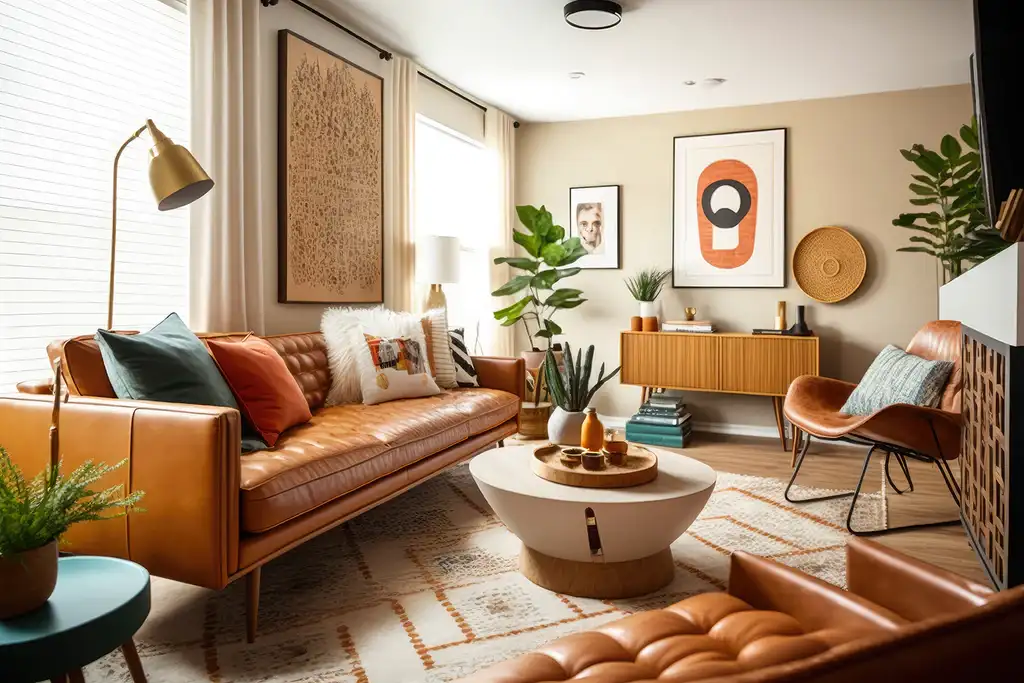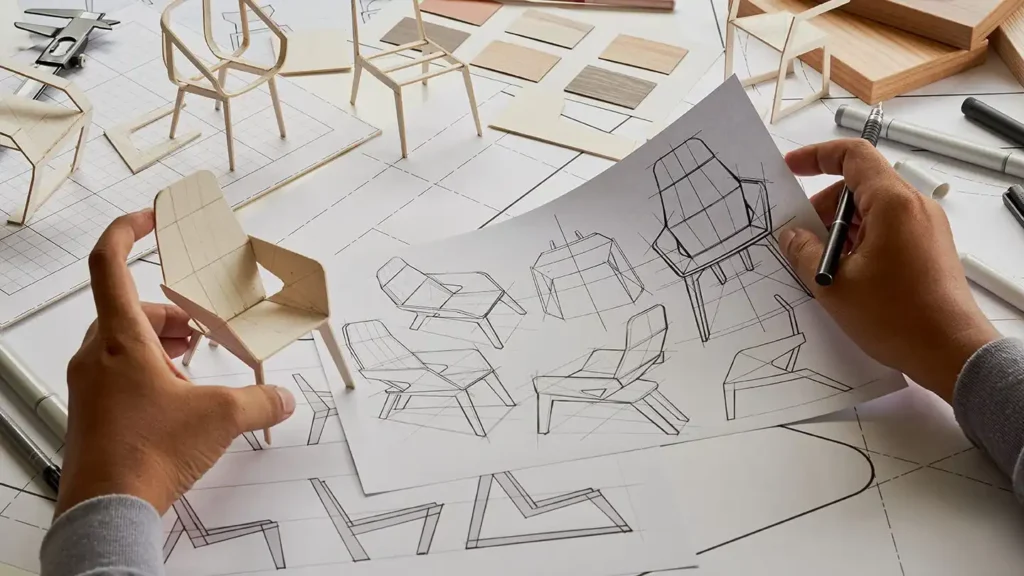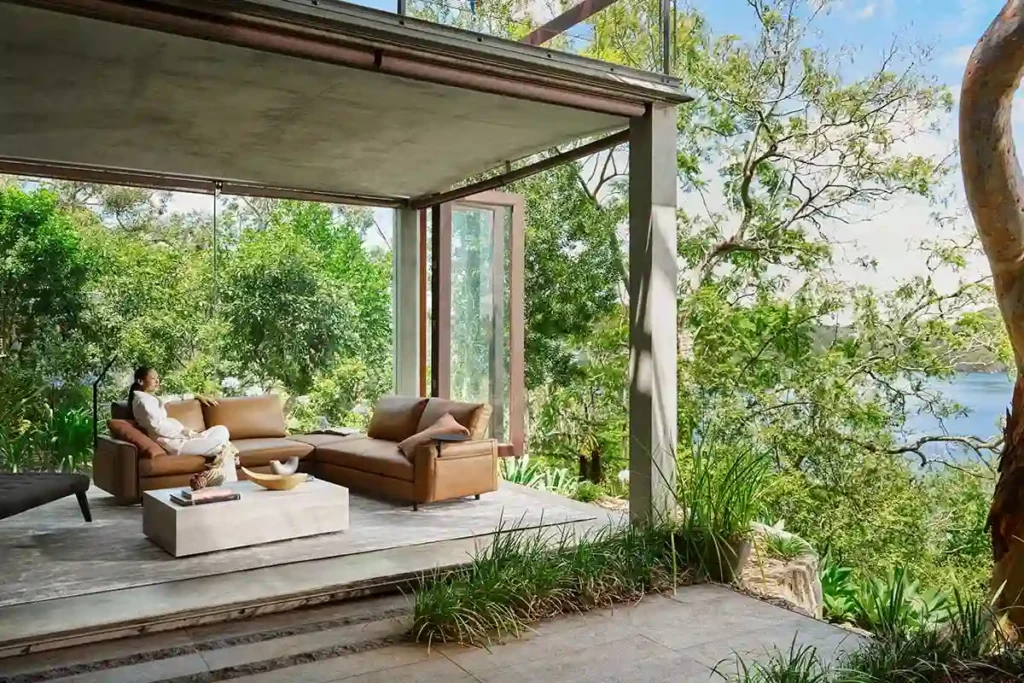Furniture design is a fascinating field that combines creativity, functionality, and aesthetics to enhance our living spaces. But what exactly is furniture design? At its core, furniture design involves the creation of functional and aesthetically pleasing pieces that serve various purposes in our homes and workplaces. It is an art form that balances practicality with beauty, ensuring that each piece serves its intended function and contributes to a space’s overall ambiance.
The significance of furniture design extends beyond mere appearance. It influences how we interact with our environment, affects our comfort and productivity, and reflects our style. In this article, we will explore the multifaceted nature of furniture design, its historical evolution, and its impact on functionality, aesthetics, and sustainability. As you consider your next furniture purchase or design project, by this article, you’ll have a deeper appreciation for the thoughtful design that goes into every piece of furniture you encounter.
The Essence of Furniture Design
What is Furniture Design?
Furniture design is a multifaceted discipline that encompasses both artistic and functional elements. It involves the conceptualization and creation of furniture pieces that are not only visually appealing but also serve practical purposes. Designers must consider factors such as ergonomics, materials, and manufacturing processes to create pieces that meet users’ needs while also fitting seamlessly into their environments.
Historical Context
The history of furniture design is rich and varied, tracing back to ancient civilizations where furniture was crafted for utility and status. Over the centuries, furniture design has evolved through various styles and movements, each reflecting the cultural and technological advancements of its time. From the ornate designs of the Baroque period to the minimalist approach of modernism, each era has left its mark on how we design and perceive furniture today.
Key designers like Charles and Ray Eames, known for their innovative use of materials and ergonomic designs, have significantly influenced modern furniture design. Their work exemplifies the blend of form and function central to the discipline.
Key Principles of Furniture Design
- Functionality: At the heart of furniture design is functionality. A well-designed piece of furniture must serve its intended purpose effectively, whether providing comfort, storage, or support. Designers must consider how a piece will be used and ensure it meets those needs efficiently.
- Aesthetics: Beyond functionality, aesthetics play a crucial role in furniture design. The visual appeal of a piece can evoke emotions and set the tone for a space. Designers use elements like colour, texture, and form to create pieces that are functional and beautiful.
The Role of Design in Enhancing Functionality

Ergonomics in Furniture Design
Ergonomics is a critical aspect of furniture design, focusing on creating pieces that enhance comfort and usability. Good ergonomic design ensures that furniture supports the body correctly, reducing the risk of discomfort or injury. This is particularly important in office furniture, where poor design can lead to long-term health issues.
Space Optimization
Effective furniture design also involves maximizing space utilization. In today’s world, where living spaces are often limited, designers must create pieces that make the most of available space. This can involve innovative solutions like foldable furniture, modular designs, and multi-functional pieces for multiple purposes.
Innovative Solutions
Designers are constantly coming up with innovative solutions to common problems. For example, multi-functional furniture pieces, such as sofa beds or extendable dining tables, offer flexibility and adaptability, making them ideal for small spaces. These designs solve practical issues and add a layer of creativity and ingenuity to the furniture.
Aesthetic Value and Emotional Impact
Creating Ambiance
The furniture design plays a significant role in creating the ambience of a space. The choice of materials, colours, and styles can transform a room, making it feel cosy, elegant, or modern. Designers use these elements to evoke specific emotions and create environments that reflect the desired mood and function of the space.
Personal Expression
Furniture design is also a form of personal expression. The pieces we choose for our homes reflect our tastes, preferences, and identities. Whether it’s a vintage armchair or a sleek, modern sofa, our furniture choices say a lot about who we are and how we want to present ourselves to the world.
Cultural Influences on Design
Cultural trends have a significant impact on furniture styles and preferences. Different cultures have unique design aesthetics that influence furniture’s materials, forms, and functions. For example, Scandinavian design is known for its simplicity and functionality, while Japanese design often emphasizes minimalism and natural materials.
Sustainability in Furniture Design
Eco-Friendly Materials
There has been a growing emphasis on sustainability in furniture design in recent years. Designers are increasingly using eco-friendly materials, such as reclaimed wood, bamboo, and recycled metals, to create pieces that are not only beautiful but also environmentally responsible.
Design for Longevity
Sustainable furniture design also involves creating pieces that are built to last. By focusing on durability and quality craftsmanship, designers can reduce waste and promote a more sustainable approach to consumption. This shift towards longevity is a response to the throwaway culture that has dominated the industry for decades.
Trends in Sustainable Furniture Design
Current trends in sustainable furniture design include using biodegradable materials, modular designs that can be easily repaired or updated, and ethical production practices that prioritize fair labour and environmental stewardship. These trends reflect a growing awareness of the impact of our choices on the planet and a desire to create a more sustainable future.
The Future of Furniture Design

Technological Advancements
Technology is playing an increasingly important role in furniture design. Tools like CAD software allow designers to easily create precise and complex designs, while smart furniture integrates technology into everyday pieces, offering new levels of functionality and convenience.
Changing Consumer Preferences
As consumer preferences evolve, so too does the landscape of furniture design. Today’s consumers are more informed and discerning, seeking pieces that reflect their values and lifestyles. This shift is driving innovation and pushing designers to create pieces that are not only beautiful and functional but also sustainable and ethically produced.
The Role of Designers in Shaping Trends
Designers have a significant influence on future trends and innovations in the industry. By pushing the boundaries of what is possible and exploring new materials and techniques, they can shape the direction of furniture design and inspire the next generation of designers.
Quotes from Designers
Integrating insights from renowned designers can provide valuable perspectives on the importance of design in their work. For example, Charles Eames once said, “The details are not the details. They make the design,” highlighting the importance of attention to detail in creating exceptional furniture.





